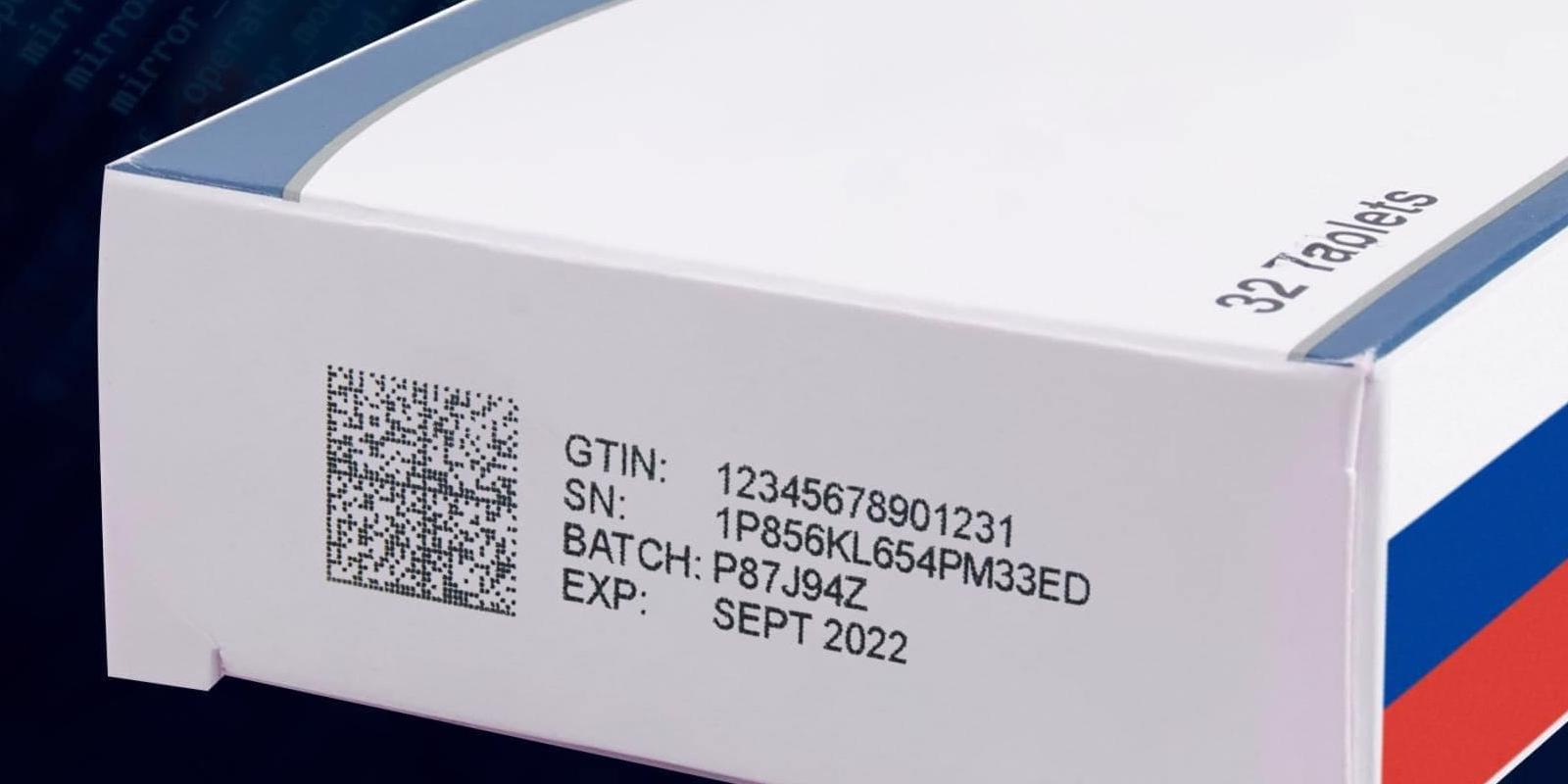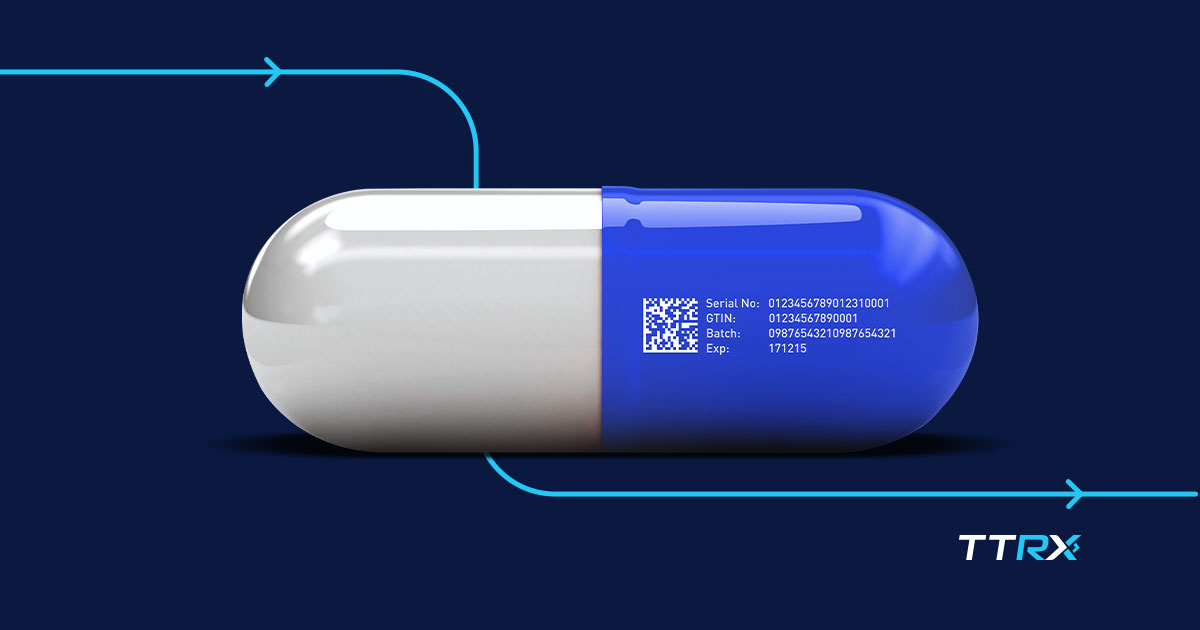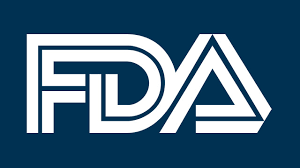The pressure is on for pharmaceutical companies to comply with the FDA’S DSCSA (Drug Supply Chain Security Act) and meet the criteria for full regulatory compliance. Pharmaceutical companies must now use a standardized product identifier such as a 2D barcode containing lot number, serial number and expiration date on all their unit level drug packages.
These product identifiers can be in the form of a GS1 Global Trade Item Number (GTIN) or an FDA National Drug Code (NDC). To cut through the ambiguity of the industry requirements and expectations and what companies can do to meet the DSCSA criteria we have prepared a guide detailing the tools and standards needed to help you navigate your business through this transition.
To become fully compliant with the regulations moving forward it is important that you know what each of the below are and how and why they are important to be present on a pharmaceutical product that your company handles, manufacturers or sells.
What are GS1 Standards?
GS1 Standards are a set of global standards that facilitate data exchange, interoperability and most importantly: Traceability. GTIN for example is a GS1 standard for identification when products cross borders and go global which is very typical for products going through pharmaceutical supply chains.
What is an NDC?
An NDC (National Drug Code) is a ten digit number used to identify pharmaceutical products that are subject to FDA regulatory requirement.

What is a GTIN?
A GTIN (Global Trade Item Number) is an 8-14 digit number which is used for many different types of trade items, these include but are not limited to: Pharmaceutical products, medical devices, non consumer trade items and general consumer products outside of the healthcare sector. A GTIN can identify the lowest saleable unit but also the homogeneous case.
When it comes to pharmaceutical drugs the NDC is usually embedded within the GTIN allowing a given pharmaceutical product to be identified by the FDA but also to comply with the DSCSA traceability requirements.

How do these all link together on a pharmaceutical product?
In order to use a GS1 standard you will need a GS1 Company Prefix. In order to obtain one of these you must apply for one here. The GS1 Company Prefix also needs to respond to your FDA Labeler Code or each labeler code if you have multiple. More information about Labeler Codes can be found on the official FDA website here.
When you have an NDC number embedded in a GTIN for use in GS1 barcodes and data sharing, the NDC number (as explained above) will become part of the GS1 Company Prefix part of the GTIN. Looking closer, the GS1 Company Prefix consists of the digits “03” followed by 4-5 digits of the NDC, resulting in a 6 or 7 digit GS1 Company Prefix.
Just as the NDC is assigned to a drug manufacturer for its exclusive use in creating NDCs, the GS1 Company Prefix consisting of “03” followed by the labeler code is assigned by GS1 US to the same manufacturer for its exclusive use in creating GTINs that embed NDCs. So the GS1 Company Prefix will consist of “03” followed by the FDA Labeler Code.
What about Multiple GS1 Company Prefixes and NDCs?
As previously mentioned, a GS1 Company Prefix can be used to generate any GS1 identification number. But if you are a manufacturer or re-packaging company that creates GTINS for pharmaceutical drugs that conform and are identified by a U.S. NDC then a specific GS1 Company Prefix must be used that embeds that particular NDC.
How does this all meet the DSCSA traceability requirement in practice?
The DSCSA requires that pharmaceutical products are marked with a barcode that presents all the relevant information to satisfy the regulatory standard and ensure patient safety. This information would typically be embedded within a given GTIN: Serial number, lot number and expiration date. Before the DSCSA the FDA required that each product contained the NDC on a linear barcode. Now, as there are requirements to have all that information (including the NDC), manufacturers are marking products moving through a point-of-sale (POS) with a UPC-A (Universal Product Code) to satisfy the FDA’s linear barcode requirement as well as a GS1 DataMatrix to satisfy the DSCSA serialization and traceability requirements.
GS1 DataMatrix is a matrix 2D barcode which is essentially a square or rectangular symbol made up of individual dots or squares. This representation is an ordered grid of dark and light dots bordered by a finder pattern.
To find out more about DataMatrix, you can access our article here.
EPCIS, DSCSA and Interoperability
Beyond the necessity to have all the relevant information presented on a given product another main criteria listed by the DSCSA was the requirement to have a fully-interoperable information sharing system in place within pharmaceutical supply chains so that pharmaceutical industry partners could communicate more effectively, streamline the recall handling process and overall minimize consumer risk.
GS1 Electronics Product Code Information Services (EPCIS) does just that. It is an open standard that allows businesses to share supply chain information about product movements and status, both within a given company and with business partners within a chain. It is also the GS1 code standard that TrackTraceRX’s Verification Router Service (VRS) uses. More information on VRS can be found in our ebook here.
The DSCSA does not specify that EPCIS is the system used however GS1 US and its member companies have created a method to apply EPCIS and meet those DSCSA requirements. Therefore it is our view at TrackTraceRX that many more companies will adopt EPCIS as the preferred method of meeting the DSCSA requirements.
EPCIS allows you to know where your products are at any time or place within the supply chain, this data is fundamental to the business and the benefits are many: While being compliant with the DSCSA your company could also benefit from being able to track and trace recalled products, introduce new products, have authentication measures to reduce counterfeiting as well as improving supply chain routes to name a few. Within the industry EPCIS is generally regarded as the superior method to other approaches such as a single-purpose data model designed only to comply with the DSCSA.
In short, EPCIS is the best guarantee for interoperability with trading partners within the supply chain.
EPCIS and Barcode Scanning
When a barcode of a product is scanned, an ‘EPCIS event’ is created which details the ‘what’ (the identity of the product scanned) the ‘when’ (date and time logged at time of scanning) the ‘where’ (location identified) as well as the ‘why’ (business step being carried out in scanning the product). So, this means that an EPCIS event isn’t directly from a barcode scanner, rather the scan is an input to the software behind implementing a given step in the business process such as packing, sorting, shipping etc. This software then assembles all of the relevant information that it needs to construct the event, including the data from the barcode scanner completing the event process.
The EPCIS event data can then be held securely in a repository and retrieved by a relevant partner in the chain via VRS when needed. For example, in the event a product is recalled or that the FDA has requested data on a given product within the chain. The information can be accessed quickly and easily.
Why TrackTracRX?
Given all of the above considerations, you can agree that the process is not a simple one and that it will take time to ensure full DSCSA compliance and ensure industry best practice for your company.
TrackTraceRX Solutions comes VRS ready with a quick and easy integration process of VRS with ERP or WMS systems using EPCIS GS1 code event data; allowing our clients to use the TrackTraceRX pharmacy network with speed and ease, with a user interface that facilitates response to requests or request verifications for prescription drugs. Saving you and your business time on navigating through each process that needs to be implemented and that your business is fully compliant with the DSCSA requirements.
We also have an experienced team of specialists that can help guide you through the process and provide around-the-clock support.
The clock is ticking, are you ready?
{{cta(‘c53b7ee2-ee57-447b-89ef-0e1eddd533c0’)}}




